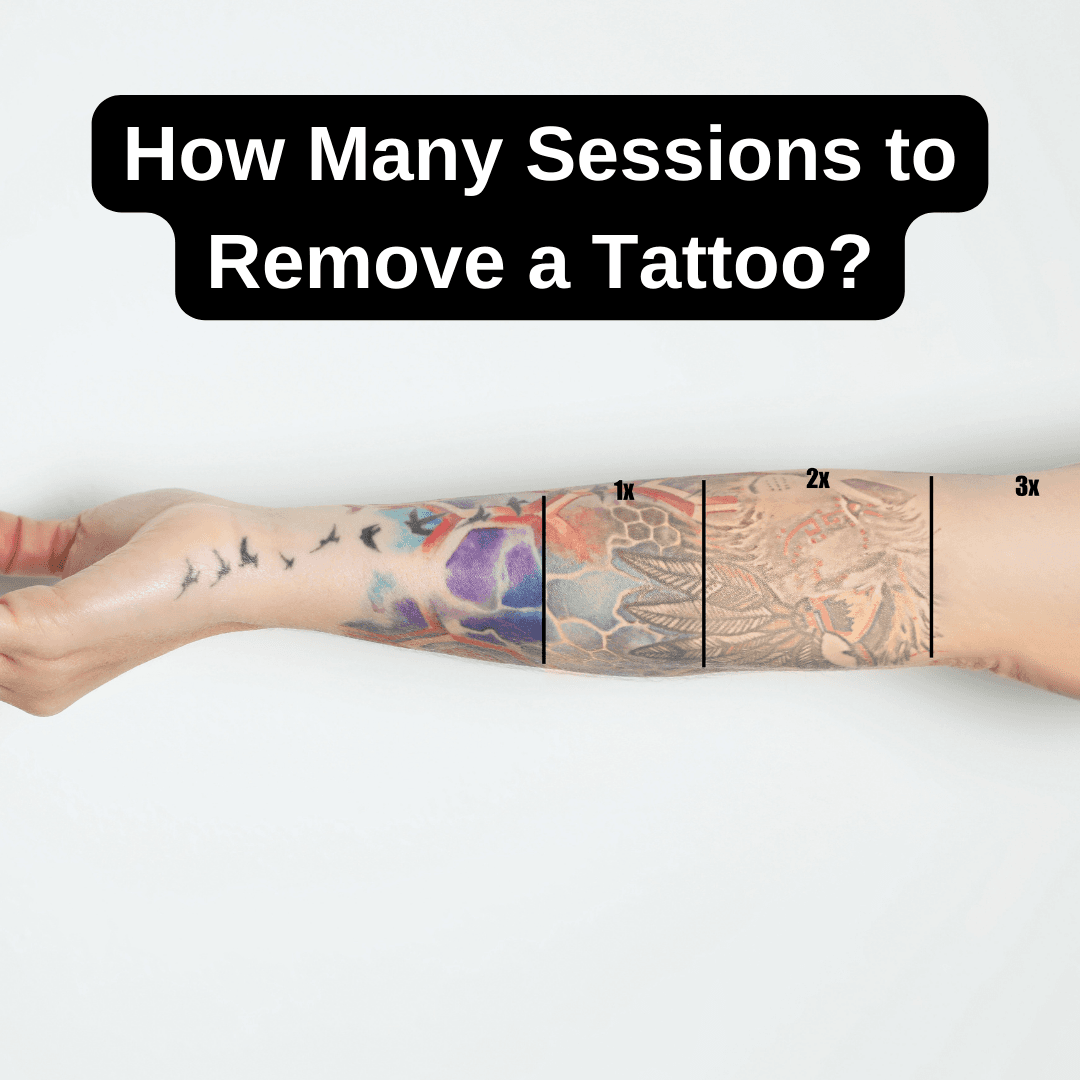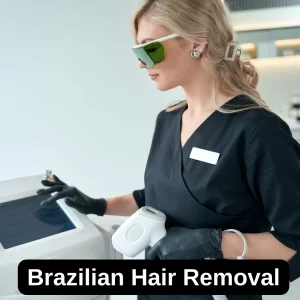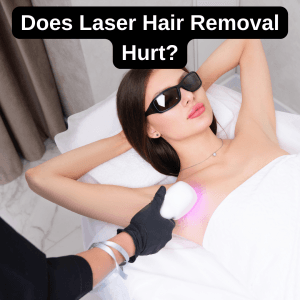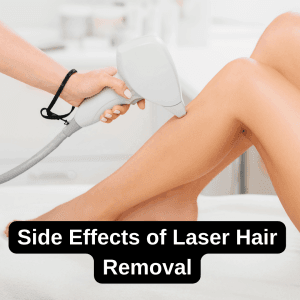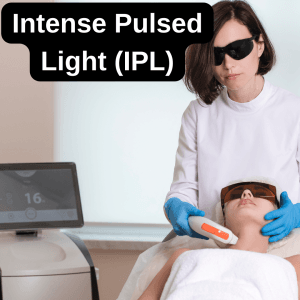Thinking about removing a tattoo? The number of sessions required depends on factors like ink color, tattoo size, and laser type. On average, tattoos need between 6-12 sessions for complete removal. This guide will explain everything you need to know, including the best laser technologies, healing times, and expert aftercare tips.
How Many Laser Tattoo Removal Sessions Are Needed?
Most tattoos require 6 to 12 sessions for complete removal. However, several factors influence the exact number of sessions needed, including:
- Tattoo Size: Larger tattoos require more sessions.
- Ink Color: Dark inks (black, blue) fade faster than lighter colors (yellow, green).
- Tattoo Age: Older tattoos usually fade more quickly.
- Skin Type: Lighter skin tones respond better to laser treatments.
- Tattoo Depth: Deeper tattoos take longer to remove.
- Laser Type: PicoWay, PicoSure, and Q-switched lasers offer different results.
- Immune System & Healing Rate: A strong immune system speeds up ink elimination.
Tattoo Removal Sessions by Tattoo Type
| Tattoo Type | Estimated Sessions Needed | Timeframe (Months) |
| Small Black Tattoo | 4 – 6 sessions | 6 – 12 months |
| Large Black Tattoo | 6 – 10 sessions | 10 – 18 months |
| Small Color Tattoo | 6 – 10 sessions | 10 – 18 months |
| Large Color Tattoo | 8 – 12 sessions | 12 – 24 months |
| Old, Faded Tattoo | 3 – 6 sessions | 6 – 12 months |
| New Tattoo (Dense Ink) | 10 – 12 sessions | 12 – 24 months |
Looking for the best tattoo removal clinics in Mississauga? Check out our detailed guide on Laser Tattoo Removal in Mississauga.
Factors That Affect Tattoo Removal Sessions
1. Tattoo Size & Placement
Larger tattoos require more laser passes during each session, which increases the total number of sessions. Additionally, tattoos located on areas with low blood circulation (feet, fingers) take longer to fade than tattoos closer to the heart (chest, shoulders).
2. Ink Color & Density
- Black and dark blue ink absorb laser energy best, making them easier to remove.
- Green, yellow, and white inks require more sessions due to their light-reflecting properties.
- Professional tattoos have more ink saturation, making them harder to break down.
3. Skin Type & Healing Ability
- Lighter skin tones (Fitzpatrick I-III) respond better to laser treatments.
- Darker skin tones (Fitzpatrick IV-VI) require more caution to avoid pigmentation changes.
- Immune system strength plays a major role; people with a healthy lifestyle tend to eliminate ink faster.
Source: Anderson, R.R., & Parrish, J.A. (1983). “Selective Photothermolysis: Precise Microsurgery by Selective Absorption of Pulsed Radiation.” Science, 220(4596), 524-527.
Laser Technology: Which Type Removes Tattoos Faster?
| Laser Type | Best For | Number of Sessions | Effectiveness |
| Q-Switched Laser | Black & dark ink tattoos | 8 – 12 | High |
| PicoSure Laser | Color tattoos & deep ink | 6 – 10 | Very High |
| PicoWay Laser | Multicolor & resistant ink | 6 – 10 | Very High |
PicoWay and PicoSure lasers use advanced picosecond pulses to break down ink faster than traditional Q-switched lasers.
Kuperman-Beade, M., Levine, V.J., & Ashinoff, R. (2001). “Laser Removal of Tattoos.” American Journal of Clinical Dermatology, 2(1), 21-25.
🔗 https://link.springer.com/article/10.2165/00128071-200102010-00003
Tattoo Removal Timeline: What to Expect
- Session 1-3: Initial fading, especially for black ink tattoos.
- Session 4-6: Noticeable ink breakdown, lighter colors may start fading.
- Session 7-10: Most tattoos show significant fading, skin heals between sessions.
- Session 10-12: Complete removal for most tattoos, final healing phase begins.
Important: Sessions are spaced 6 to 8 weeks apart to allow your body time to process the ink.
How Painful is Laser Tattoo Removal?
Most patients describe the pain as similar to a rubber band snapping against the skin. Pain level varies depending on the tattoo location and the individual’s pain tolerance.
Pain Levels by Body Area
| Body Part | Pain Level (1-10) |
| Upper Arm | 3/10 |
| Back | 4/10 |
| Chest | 6/10 |
| Fingers & Feet | 9/10 |
Numbing creams and cooling devices like the Zimmer Cryo system can reduce discomfort.
Tattoo Removal Healing Process & Aftercare
Immediately After Treatment:
- Redness and mild swelling occur.
- A cooling gel or ice pack helps reduce discomfort.
First 48 Hours:
- Avoid hot showers, saunas, and direct sunlight.
- Keep the area clean and apply antibiotic ointment.
Weeks 1-4:
- Skin may scab or peel—DO NOT pick at it.
- Moisturize regularly to aid healing.
Weeks 4-8:
- Skin fully regenerates, and immune system clears ink particles.
- Ready for the next session!
Want to enhance your overall skincare and beauty routine? Learn the optimal number of coats for a perfect nail polish finish in our detailed guide on How Many Coats of Nail Polish Should You Apply?
FAQs – Frequently Asked Questions
1. Can a tattoo be removed in just 3 sessions?
No, most tattoos require at least 6 sessions for noticeable fading and 10-12 sessions for complete removal.
2. How long does it take to fully remove a tattoo?
Tattoo removal typically takes 6 months to 2 years, depending on the tattoo size, ink color, and skin type.
3. Does laser tattoo removal leave scars?
If performed correctly, laser tattoo removal does not leave scars. However, improper aftercare or picking at scabs can cause scarring.
4. Are some laser treatments better than others?
Yes! PicoSure and PicoWay lasers are faster and safer than older Q-switched lasers, requiring fewer sessions.
5. What is the fastest way to remove a tattoo?
- Using PicoWay or PicoSure lasers.
- Following a healthy lifestyle to speed up ink clearance.
- Proper aftercare to avoid complications.
Final Thoughts: How Many Sessions Will You Need?
On average, tattoos take 6-12 sessions to remove completely, depending on size, color, depth, skin type, and laser technology used. The best way to determine the exact number of sessions is to consult a certified laser tattoo removal specialist.
Thinking about tattoo removal? Book a consultation with a trusted specialist today!

Board-Certified Aesthetic Specialist & Certified Laser Technician
She is a board-certified aesthetic specialist with 14+ years of experience in laser hair removal, skincare, and full-spectrum beauty services. Holding academic training in beauty sciences and advanced certifications, she blends medical-grade knowledge with personalized care. At Epilation World, her mission is to empower readers with clear, ethical, and research-backed insights that support confident personal care decisions.

